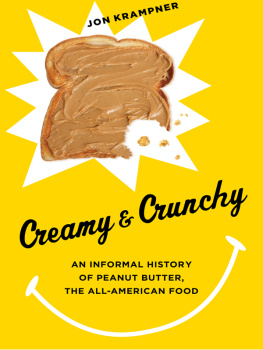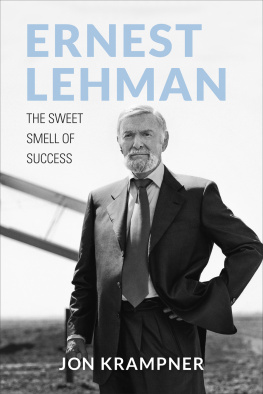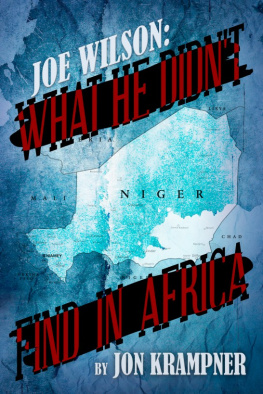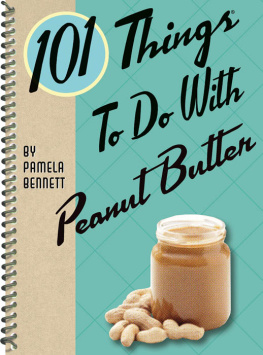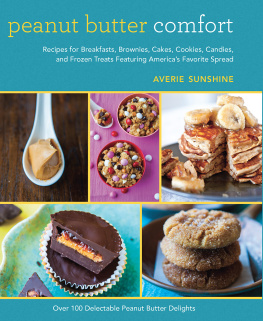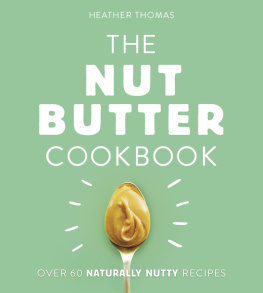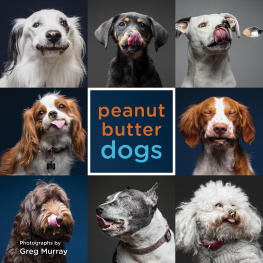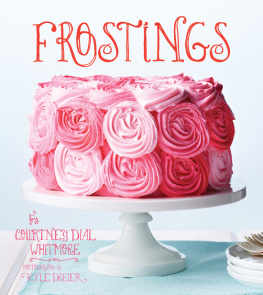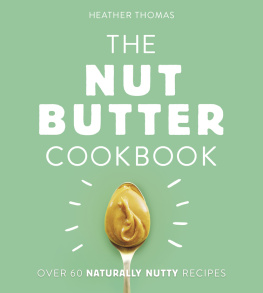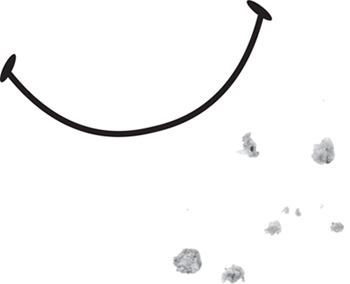Jon Krampner - Creamy and Crunchy: An Informal History of Peanut Butter, the All-American Food
Here you can read online Jon Krampner - Creamy and Crunchy: An Informal History of Peanut Butter, the All-American Food full text of the book (entire story) in english for free. Download pdf and epub, get meaning, cover and reviews about this ebook. year: 2012, publisher: Columbia University Press, genre: Detective and thriller. Description of the work, (preface) as well as reviews are available. Best literature library LitArk.com created for fans of good reading and offers a wide selection of genres:
Romance novel
Science fiction
Adventure
Detective
Science
History
Home and family
Prose
Art
Politics
Computer
Non-fiction
Religion
Business
Children
Humor
Choose a favorite category and find really read worthwhile books. Enjoy immersion in the world of imagination, feel the emotions of the characters or learn something new for yourself, make an fascinating discovery.
- Book:Creamy and Crunchy: An Informal History of Peanut Butter, the All-American Food
- Author:
- Publisher:Columbia University Press
- Genre:
- Year:2012
- Rating:4 / 5
- Favourites:Add to favourites
- Your mark:
Creamy and Crunchy: An Informal History of Peanut Butter, the All-American Food: summary, description and annotation
We offer to read an annotation, description, summary or preface (depends on what the author of the book "Creamy and Crunchy: An Informal History of Peanut Butter, the All-American Food" wrote himself). If you haven't found the necessary information about the book — write in the comments, we will try to find it.
More than Moms apple pie, peanut butter is the all-American food. With its rich, roasted-peanut aroma and flavor; caramel hue; and gooey, consoling texture, peanut butter is an enduring favorite, found in the pantries of at least 75 percent of American kitchens. Americans eat more than a billion pounds a year. According to the Southern Peanut Growers, a trade group, thats enough to coat the floor of the Grand Canyon (although the association doesnt say to what height).
Americans spoon it out of the jar, eat it in sandwiches by itself or with its bread-fellow jelly, and devour it with foods ranging from celery and raisins (ants on a log) to a grilled sandwich with bacon and bananas (the classic Elvis). Peanut butter is used to flavor candy, ice cream, cookies, cereal, and other foods. It is a deeply ingrained staple of American childhood. Along with cheeseburgers, fried chicken, chocolate chip cookies (and apple pie), peanut butter is a consummate comfort food.
In Creamy and Crunchy are the stories of Jif, Skippy, Peter Pan; the plight of black peanut farmers; the resurgence of natural or old-fashioned peanut butter; the reasons why Americans like peanut butter better than (almost) anyone else; the five ways that todays product is different from the original; the role of peanut butter in fighting Third World hunger; and the Salmonella outbreaks of 2007 and 2009, which threatened peanut butters sacred place in the American cupboard. To a surprising extent, the story of peanut butter is the story of twentieth-century America, and Jon Krampner writes its first popular history, rich with anecdotes and facts culled from interviews, research, travels in the peanut-growing regions of the South, personal stories, and recipes.
Jon Krampner: author's other books
Who wrote Creamy and Crunchy: An Informal History of Peanut Butter, the All-American Food? Find out the surname, the name of the author of the book and a list of all author's works by series.

